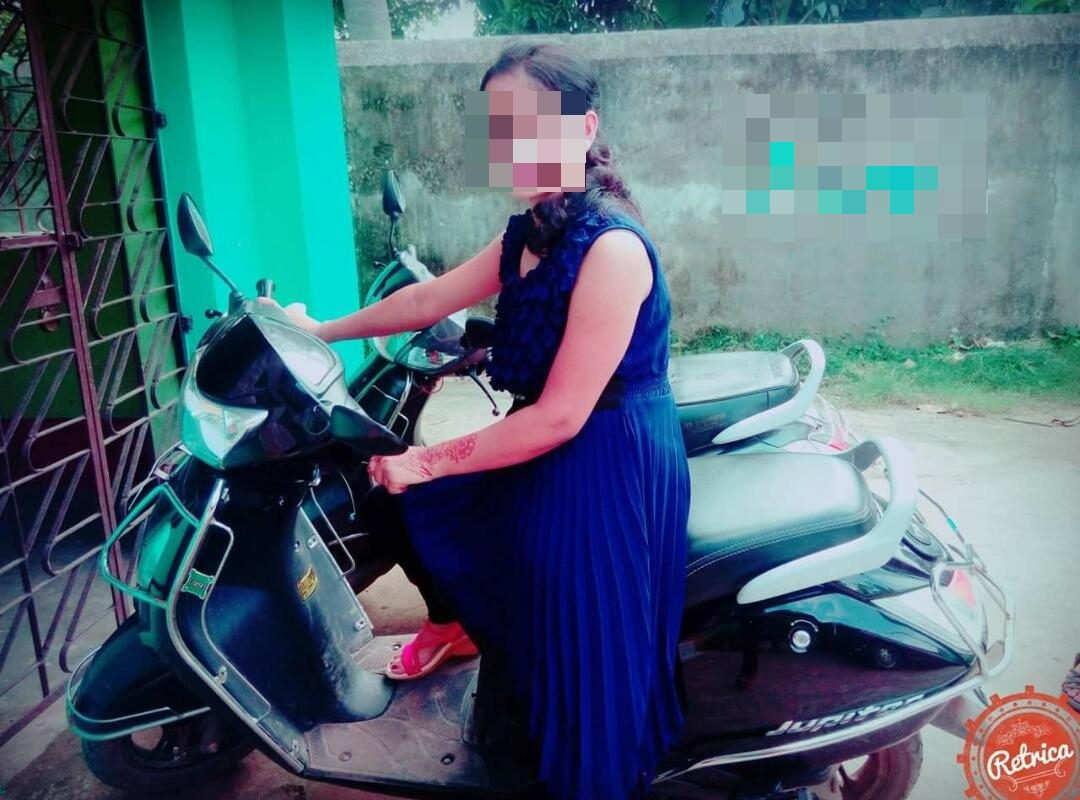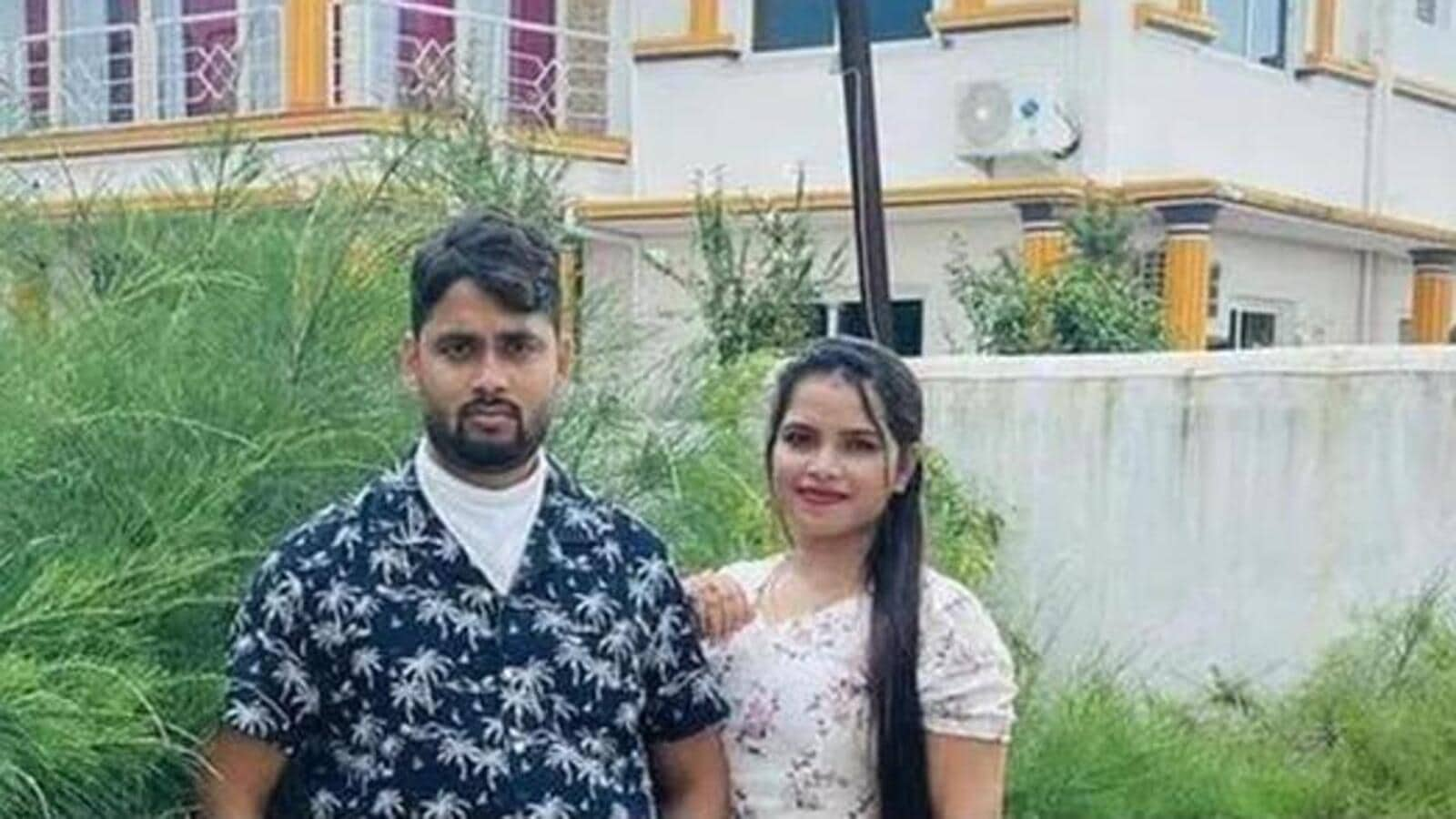Decoding Odisha Viral MMS Videos: What You Need To Know
Has the digital age, with its relentless connectivity, truly become a double-edged sword, capable of both immense good and profound harm? The recent viral spread of private videos, particularly the distressing incident involving Subhashree Sahu, serves as a stark reminder of the vulnerabilities inherent in our hyper-connected world, where privacy can be breached and reputations destroyed in the blink of an eye.
The state of Odisha, renowned for its rich cultural tapestry and historical landmarks, finds itself at the epicenter of a modern-day crisis. The emergence of a purported MMS video featuring Subhashree Sahu has ignited a firestorm of controversy, drawing widespread condemnation and sparking urgent conversations about online safety, digital ethics, and the devastating consequences of non-consensual image and video sharing. The incident underscores the urgent need for individuals and authorities to act in this situation. The fact that such content can proliferate so rapidly, traveling across social media platforms and fan accounts with alarming speed, highlights the urgent need for individuals and authorities to confront these issues head-on.
| Attribute | Details |
|---|---|
| Full Name | Subhashree Sahu |
| Residence | Odisha |
| Known For | Being the subject of a leaked private video that went viral. |
| Current Situation | The center of attention due to the distressing incident of the leaked private video. |
| Impact | The video's virality has led to widespread outrage, concern, and public debate regarding online privacy, digital ethics, and the consequences of leaked private content. |
| Key Concern | The rapid spread of the video across social media platforms and fan accounts has amplified the emotional and social damage. |
| Reference (For further information) | Due to the sensitive nature of the incident, specific biographical details and direct references to external news sources are intentionally limited. However, general news outlets and privacy advocacy groups have widely reported on the ethical and legal implications of non-consensual content distribution. Users may consult general media resources for further details, but care should be taken regarding the credibility of sources. |
The digital landscape, while offering unprecedented opportunities for connection and communication, has also created a breeding ground for ethical dilemmas and potential harms. The case of Subhashree Sahu is far from an isolated incident. In 2024, the issue of viral MMS scandals and private video leaks took center stage, with similar controversies involving influencers and public figures like Oviya Helen, Minahil Malik, and Pragya Nagra making headlines. These incidents serve as a sobering reminder of the vulnerability of individuals to online harassment and the ease with which personal information can be weaponized.
The rapid dissemination of such content raises profound questions about the responsibilities of social media platforms and the need for robust safeguards to protect individuals' privacy. The failure of these platforms to adequately address the issue of non-consensual content sharing can exacerbate the harm, allowing distressing videos to circulate widely, causing emotional distress and reputational damage. It is necessary to act fast and take down this content.
The Supreme Court censured Orissa Chief Secretary G.C. Pati over the government's failure to stop the circulation of a rape video on social media, highlighting the critical role of government in addressing such issues. This case underscores the urgency with which authorities must confront the spread of malicious content. It emphasizes the need for proactive measures, including stricter enforcement of laws, technological solutions to prevent the spread of non-consensual materials, and educational initiatives to promote digital literacy and responsible online behavior. The legal and ethical framework surrounding the dissemination of private videos online needs to be reassessed and strengthened to reflect the realities of the digital age.
The controversy surrounding the Subhashree Sahu video necessitates a deep dive into the multifaceted nature of the issue. The incidents origins, the speed at which it went viral, and the extent of its impact across social media platforms and online communities all require careful examination. This analysis should encompass not only the technological aspects of content distribution but also the sociological and psychological dimensions of online shaming, cyberbullying, and the erosion of privacy. The investigation should include the analysis of the content that is being shared, the type of platforms and the views on it.
The incident should serve as a catalyst for broader societal discussions about consent, boundaries, and the ethical responsibilities of individuals in the digital sphere. Education plays a critical role in informing individuals on how to respond appropriately and the legal and social implications of these actions. Schools, communities, and media outlets have a role to play in fostering an environment where individuals are empowered to protect their privacy, report violations, and seek support when needed. The public needs to be educated on the importance of protecting their privacy and being responsible citizens on the internet.
Exclusive reports from news outlets have been circulating online, bringing further light on the incident. The circulation of these reports and video clips, despite their potential harm, underscores the need for media outlets to also act responsibly. They must be able to investigate, report the truth and yet not allow the spread of the video or give it undue attention. The coverage of these events requires sensitivity, taking into account the impact on the individuals involved. The focus should be on raising awareness about the dangers of online harassment and promoting solutions to mitigate the harm caused by non-consensual image and video sharing.
The viral video of Subhashree Sahu has amassed a tremendous number of views across various social media platforms and fan accounts. The extent of the viewership demonstrates the widespread interest. The sheer number of views, likes, and shares underscores the need for greater regulation of online content, the effectiveness of these platforms and the role of content moderation. Authorities need to take action against platforms that do not follow guidelines on protecting their users from harmful content.
The digital world presents a complex interplay of risks and opportunities. While it provides avenues for expression and social interaction, it can also serve as a vehicle for online harassment. The Subhashree Sahu case is a reminder of the need for a holistic approach. This includes the need for legal frameworks, the technological infrastructure, the role of social media platforms and the public to navigate this environment safely. The focus should be on promoting online safety and protecting individuals from digital harm. The collective efforts are needed to make a more secure and ethical digital environment.
The incident involving Subhashree Sahu is a stark illustration of the potential dangers of the internet. It underscores the need for individuals to be vigilant about their online presence. The focus should be on promoting responsible digital citizenship and protecting individual privacy rights. The digital landscape requires a collective effort from the government, social media platforms, and users to mitigate the risks of harmful content and to create a safer online environment for all.
The spread of the video is a concerning reminder of the vulnerability of personal information in the digital age. The case reinforces the need for individuals to prioritize online privacy and to understand the potential risks associated with the sharing of personal content. The situation underscores the importance of being careful of what one shares online and to take steps to protect their digital footprint.
The incident involving Subhashree Sahu serves as a cautionary tale. It is a reminder of the need to protect individual privacy rights. The events demand a reevaluation of online safety measures. These measures need to be implemented by the government and other governing bodies. The public also needs to be educated on the dangers. The collective efforts are needed to ensure that the internet does not become a tool of harm.
The incident reflects the urgent need for improved practices. These practices should be aimed at preventing the spread of inappropriate content. The emphasis should be on the ethical considerations related to digital privacy and safety. The incident should be an opportunity to strengthen existing laws and establish new ones, and educate the public to be better digital citizens. This is necessary to prevent similar incidents from happening in the future.
The Subhashree Sahu case serves as a reminder of the consequences of irresponsible sharing. The speed with which such content can go viral highlights the need for stronger controls and enhanced protections. The response should be a commitment to digital safety and responsible online behavior. By working together, we can mitigate the harm caused by the spread of private videos and create a digital environment that respects individual rights.
The rapid circulation of the video has resulted in outrage and concern on various social media platforms. This highlights the need for better reporting measures and stricter guidelines to remove such content quickly. The focus should be on implementing effective ways to address the spread of non-consensual content, provide support to those affected, and promote a safer and more responsible online experience for everyone.
The events surrounding the Subhashree Sahu video call attention to the pressing need for improvements in content moderation. The goal should be to prevent the proliferation of harmful material. The aim should be to enhance privacy protections and foster digital accountability. By addressing these critical aspects, we can improve the online environment and protect individuals from potential risks.
The ongoing dialogue should prioritize a comprehensive response to the challenges posed by non-consensual image sharing. This involves legislative action, technical solutions, and educational initiatives. The public should be aware of the responsibilities associated with digital technologies. These efforts must emphasize personal privacy and ethical online conduct. By acting in a comprehensive manner, we can ensure a safer digital environment.
The case emphasizes the necessity of bolstering online privacy and promoting responsible online behavior. It offers a chance to start a broader discussion about the ethical ramifications of digital sharing. The goal is to help shape a safer online world. This will include creating a network of support for those affected. This initiative will include providing education and making sure that the public is aware of their digital rights and obligations.
The disturbing incident involving Subhashree Sahu should ignite a conversation about our approach to digital privacy. The goal should be to empower individuals with knowledge and tools. These measures can help to protect themselves and others from online abuse. The discussion should also address digital ethics and promote digital accountability. This holistic approach will safeguard privacy in the digital world and create a supportive environment for all.
The incidents involving the Subhashree Sahu video should lead to a renewed focus on prevention measures. The goal should be to enhance protections and to promote a safe online experience. This would include strengthening current laws. The implementation of these laws will safeguard the rights of those affected by online privacy violations. These efforts will also serve to create a stronger framework of support for individuals in need.
The viral dissemination of the Subhashree Sahu video has raised critical questions about consent and privacy. The digital age demands that we reevaluate the principles that govern our digital lives. The aim is to create a safer online environment. It will do this by promoting ethical conduct and encouraging a culture of respect.
The case serves as a stark reminder of the need to safeguard individual privacy. The focus should be on taking appropriate action against those who violate digital rights. The aim is to ensure that the principles of consent and respect are upheld online. The goal is to help cultivate a digital environment that is safe and ethical for everyone.
The spread of the Subhashree Sahu video should serve as a catalyst for change. The goal should be to push for improved protection and accountability. It should also encourage a broader conversation about digital safety and online privacy. The goal is to create a more secure online world for everyone and empower individuals to protect their personal information.
The Subhashree Sahu case shows the importance of protecting the right to privacy. It is important to support individuals and organizations that are working to advance digital rights. The goal should be to ensure that all individuals can safely navigate the online world. This will help to build a better digital environment where rights are respected and privacy is protected.
The Subhashree Sahu case serves as a lesson for the need of digital responsibility. It highlights the importance of protecting privacy rights. The goal is to educate people on the significance of safe and respectful online practices. The aim is to establish a digital environment that fosters the safety, well-being, and privacy of all individuals.



Detail Author:
- Name : Sofia Friesen
- Email : ian60@tremblay.com
- Birthdate : 1987-09-29
- Address : 22410 Golden Forge Apt. 164 North Emely, TX 77373
- Phone : +18205534271
- Company : Ryan PLC
- Job : Criminal Investigator
- Bio : Qui ullam officiis nulla dolorem. Possimus magnam est sit nihil molestias voluptatem minima. Et dicta eos dolores ea vel quisquam et. Itaque mollitia aut deleniti modi incidunt odit.